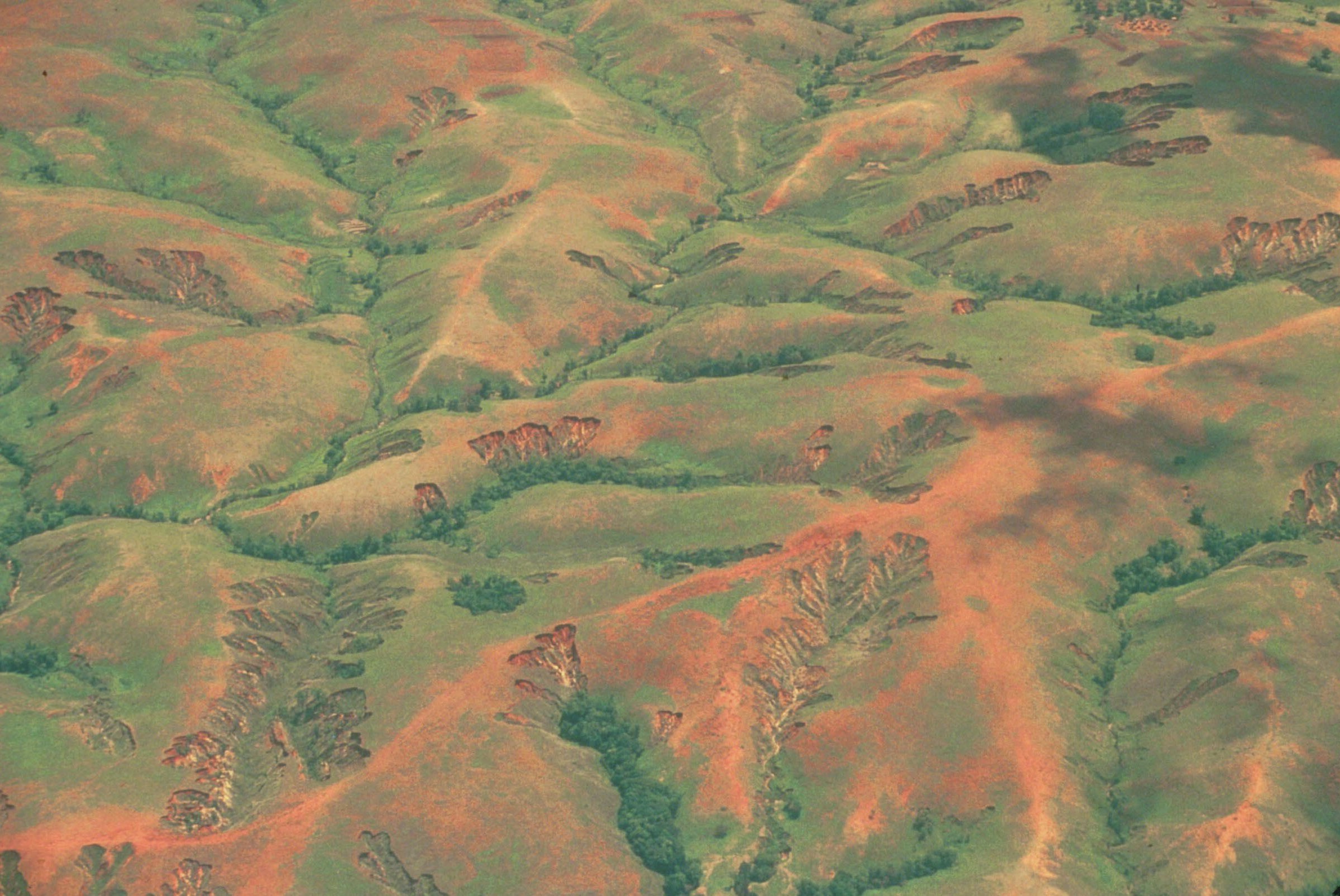
The physical environment of Madagascar, the world’s fourth largest island, is well known for many reasons. It is probably most famous for its tropical forests and wildlife, much of it found nowhere else in the world. The highlands of central Madagascar, however, are notorious for a rather different feature of the landscape: deep gullies known as lavakas, a term that comes from the Malagasy word meaning ‘hole’ (Inset 1). These spectacular, steep-sided channels are formed by rapid soil erosion and cause difficulties for farmers and herders due to the loss of both crop yields and available land.
The reasons for lavaka development have been the subject of debate among physical geographers. Some argue that human mismanagement of the landscape has been a primary cause but others suggest that natural factors may be at least of equal importance. In this Environment Today I look at the question of gully formation in Madagascar and examine the arguments on both sides.
Your organisation does not have access to this article.
Sign up today to give your students the edge they need to achieve their best grades with subject expertise
Subscribe




